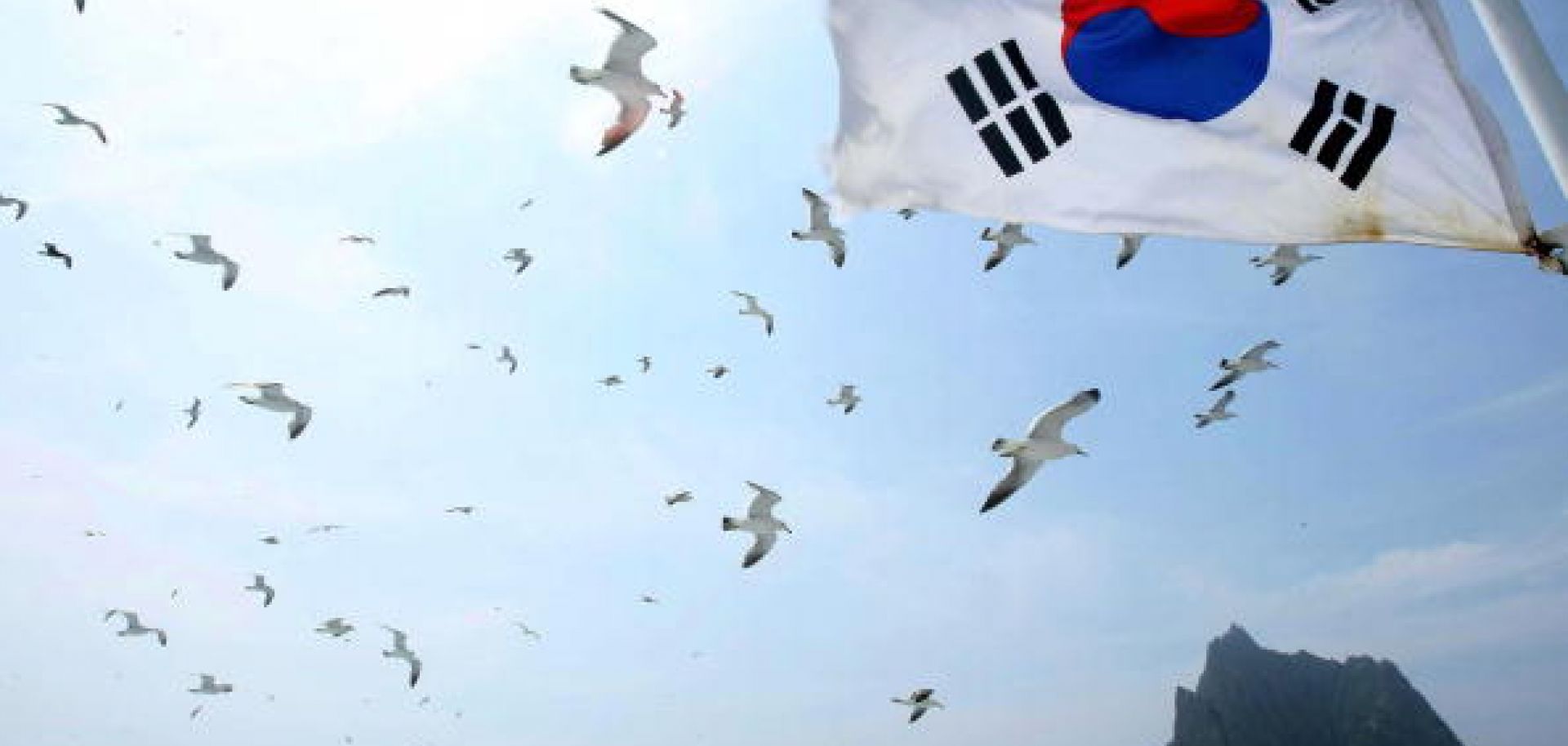ASSESSMENTS
Tensions Rise in the East China Sea
Aug 15, 2012 | 18:28 GMT

KIM JAE-MYOUNG/AFP/Getty Images
Summary
While the situation in the South China Sea is approaching a tense standstill, controversy is again brewing to the north, in the East China Sea and the Sea of Okhotsk. In the run-up to the anniversary of Japan's surrender at the end of World War II, several countries have reasserted territorial claims in the waters around Japan.
South Korean President Lee Myung Bak visited the disputed Dokdo Islands on Aug. 10, declaring them part of South Korea's sovereign territory. (The islands, which Japan calls Takeshima, are currently administered by South Korea). Then on Aug. 15, a group of Hong Kong-based Chinese activists (from both China and Taiwan) journeyed by boat to the Diaoyu Islands — called Senkaku in Japan — to reassert China's historical claim there. Meanwhile, over recent weeks Taiwan has renewed efforts to differentiate itself from China even as it echoes Beijing's claims on the islands (while remaining careful not to harm relations with Japan). Even Russia is toughening its stance on Japan's territorial claims, announcing Aug. 15 that it would send four navy ships to the Kuril Islands, which are administered by Russia but disputed by Japan, between Aug. 25 and Sept. 17.
Each of these countries is nearing a difficult political period at home, and the latest moves are in part a reflection of the governments' efforts to deflect potential instability. But the competing claims also reflect a deeper struggle for control over key sea corridors and potential underwater energy and mineral resources.
Subscribe Now
SubscribeAlready have an account?
